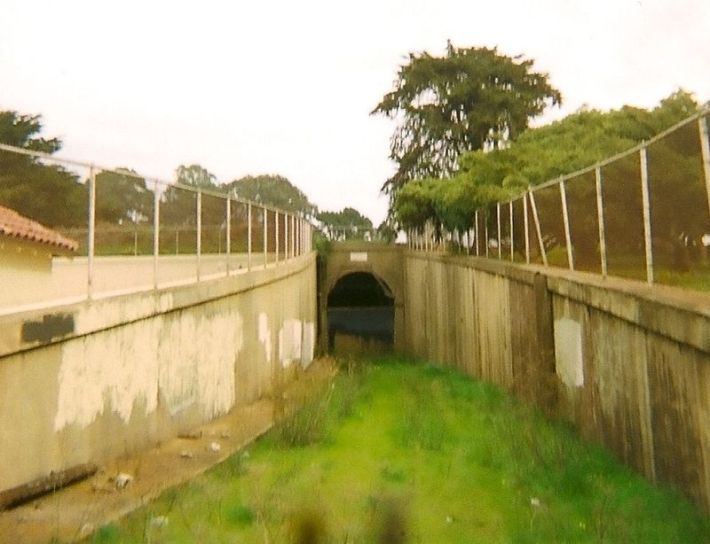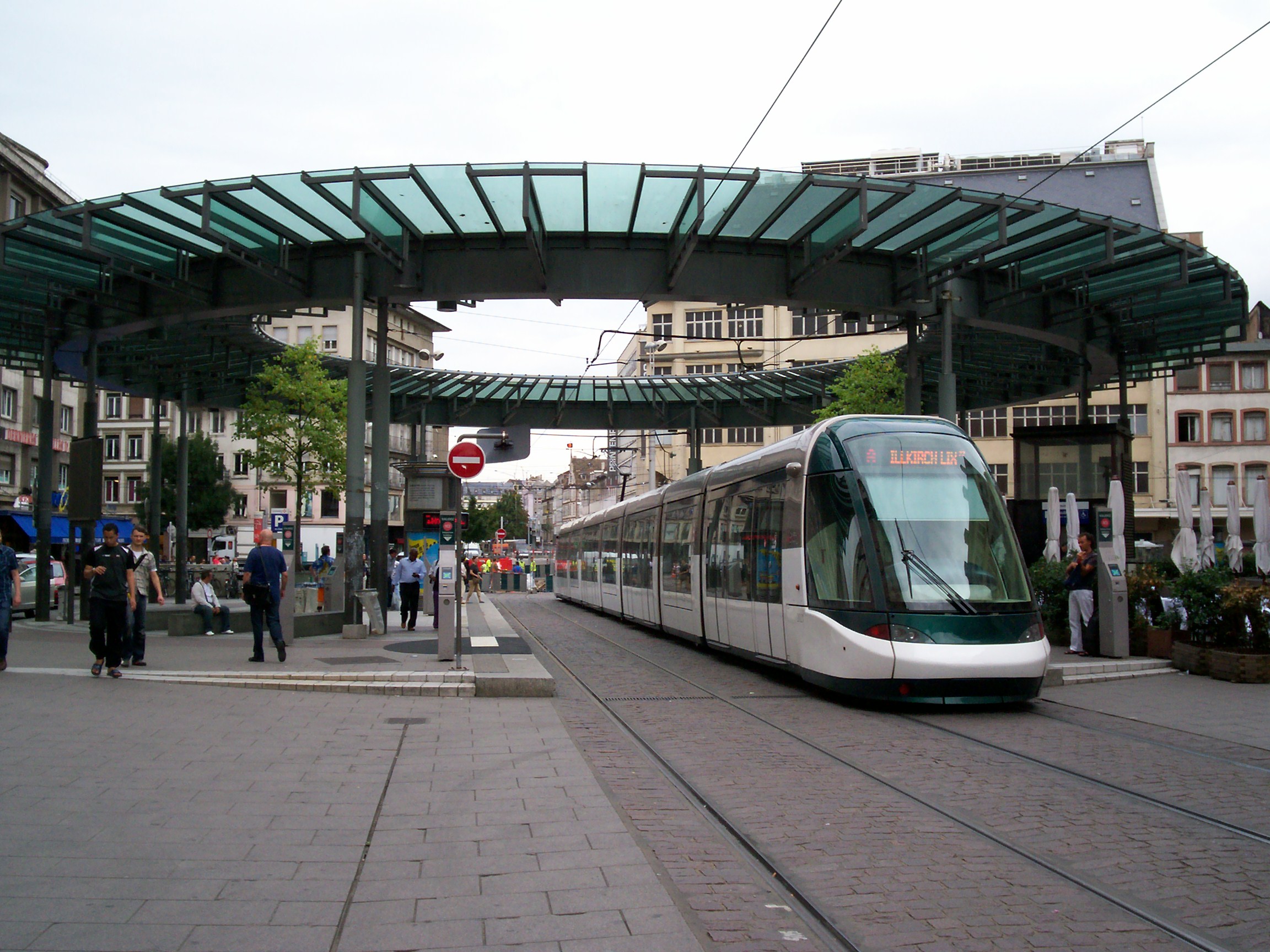As fans of San Francisco's F-Market and Wharves historic streetcar line are aware, the trains only clickety clack and clang as far as Jones St & Beach St--just shy of the Fort Mason tunnel, which once permitted trains to continue to Marina Boulevard and Laguna Street...and beyond. The San Francisco Examiner reported today that SFMTA has applied for a $1.1 million Federal Lands Access Program grant to study re-opening the tunnel.
Streetsblog, of course, fully supports this effort. But it also raises the question: if the tunnel is opened and the F-Market and Wharves/E-Embarcadero streetcar line gets that far, isn't it time to start thinking about it in a different way? Yes, it will always be a line popular with tourists. But, from Streetsblog's perspective, it is also a line that isn't living up to its full potential.
We first asked this question back in 2009--is it time to think about converting the F-Market and Wharves into a modern streetcar line? It's not as if it would take much effort: the acquisition of some light weight, low-floor streetcars is really all it would take (admittedly, these projects do have a way of getting more complicated). Back then, Streetsblog was commenting on the nearly $2 million it cost to renovate one of the historic trolley cars and whether that really made sense.
"Using the Fort Mason Tunnel for Muni trains could relatively cheaply expand it to the Marina and the Presidio," said Dennis Lytton, a local transportation policy expert and former staffer at the American Public Transportation Association.

In terms of technology for trains through the Fort Mason tunnel, Lytton recommends that, "...Muni switch to using modern streetcars. These are the standard for new streetcar systems across the US and worldwide. They are basically more nimble versions of Muni light rail trains and are capable of low floor boarding."
"More development is planned for the waterfront and to meet growth in the corridor and MTA’s ambitious transit ridership goals, the Embarcadero corridor will need fully-accessible, higher-capacity transit. Modern low-floor light rail vehicles [a.k.a. modern streetcars] can provide that, and they can even share right-of-way with historic streetcars," said Tom Radulovich, Executive Director of Livable City. "Unfortunately SFMTA undertakes its light rail projects incrementally, without a real strategy for transforming the light rail system to meet the City's 21st-century needs."
Of course, if SFMTA does buy low-floor streetcars, it should apply San Francisco's "transit first" policy and give the new streetcars signal preemption on Market Street, something that isn't currently done on any of SFMTA's surface lines.
That said, even re-opening the tunnel is still a ways off. "A specific plan for Fort Mason has not yet been finalized," said Paul Rose, a spokesman for SFMTA. And nobody's studying or talking about modern streetcars for the F-Market and Wharves.
Still, given how much money San Francisco is spending on the Central Subway and all the talk of other high-price projects, acquiring some modern low-floor streetcars seems sensible and timely.
"Cities that took a more strategic view - West-Coast peers like Seattle, Portland, and San Jose, or European cities like Zurich and Paris – made the transition to low-floor light rail vehicles with more reserved rights-of-way, helping them to carry more customers with greater safety, reliability, and accessibility," added Radulovich.
What do you think? Post below.





